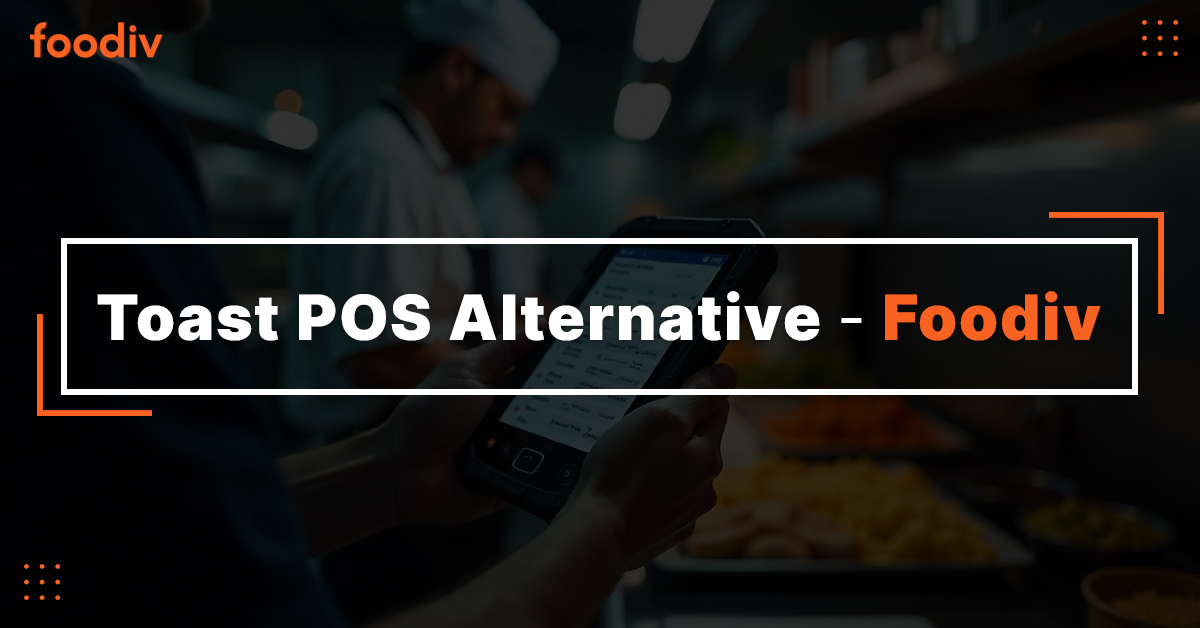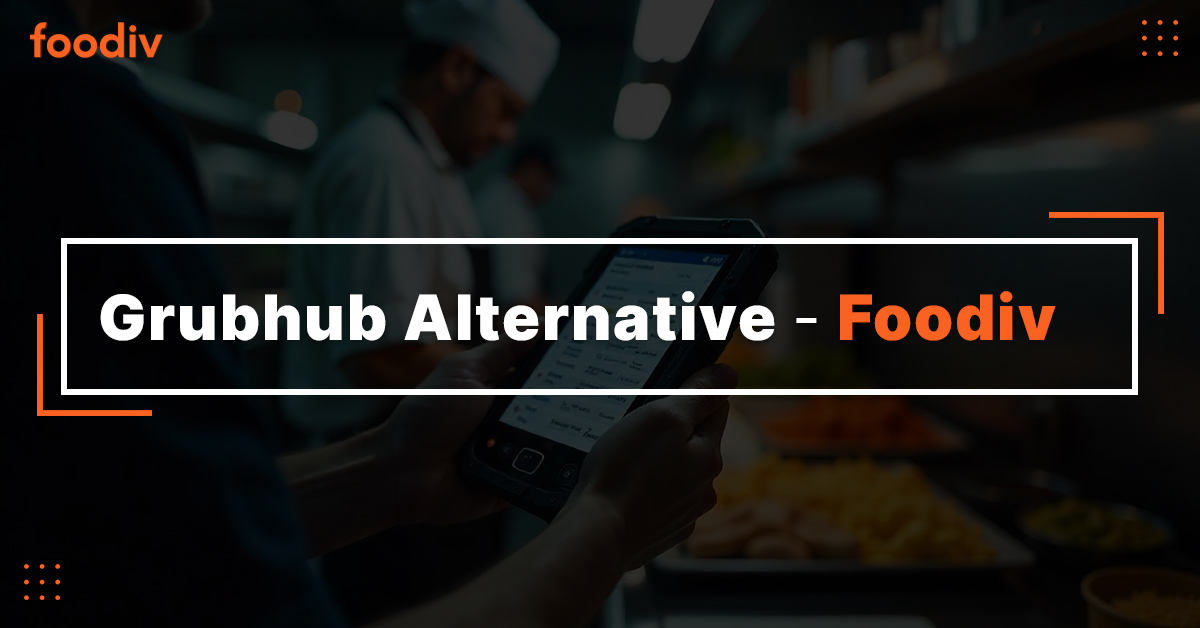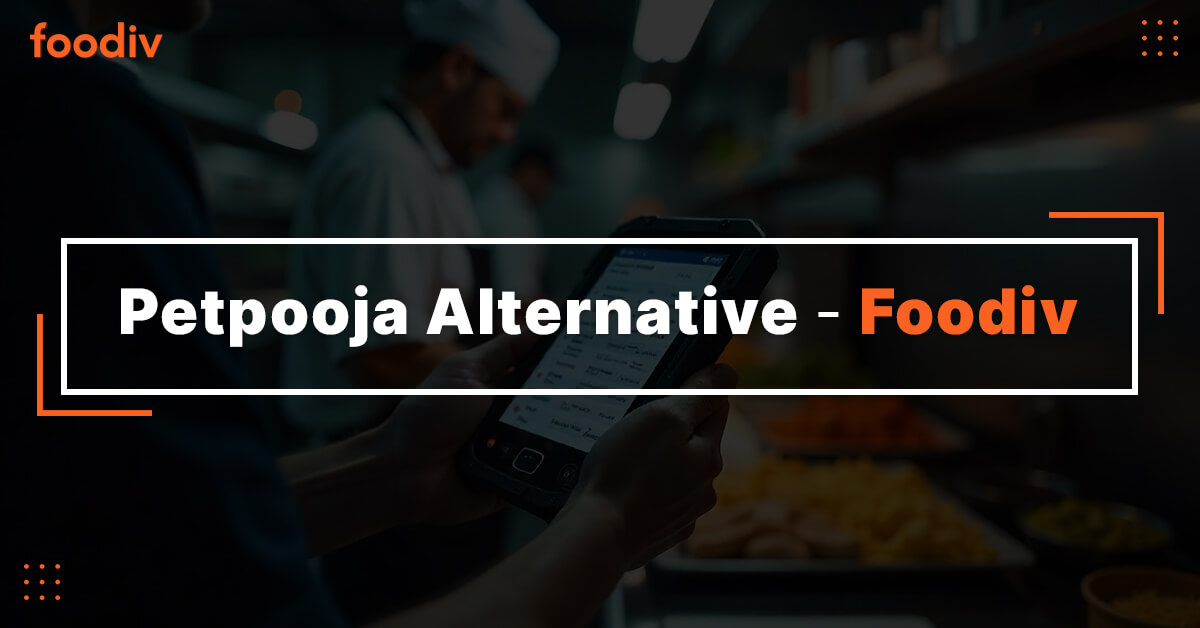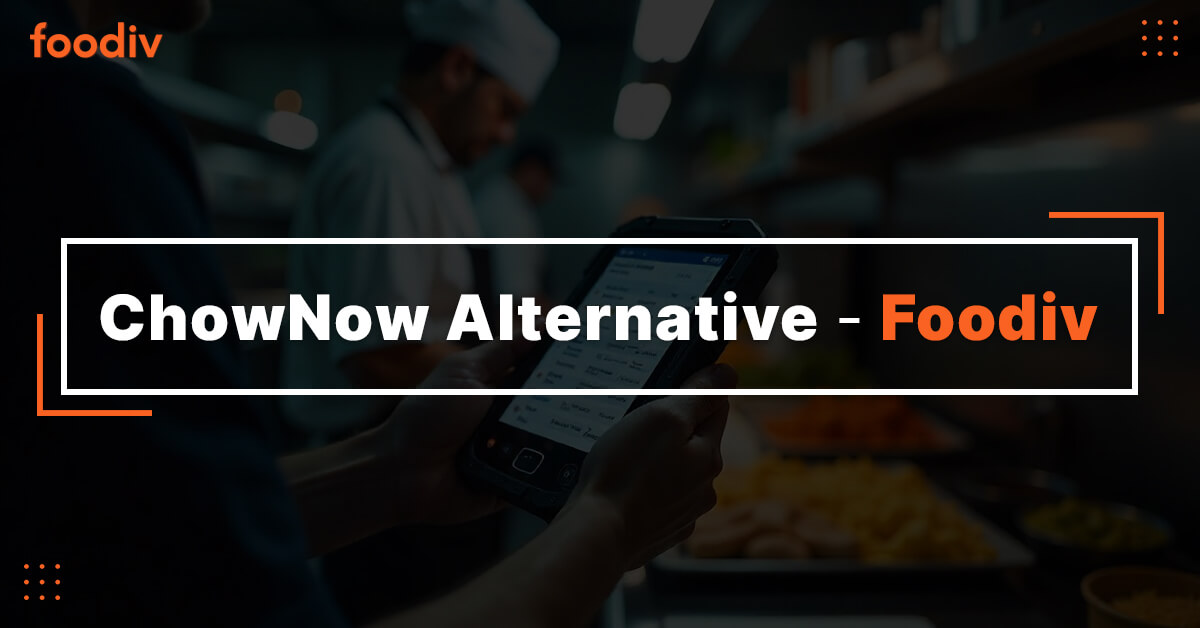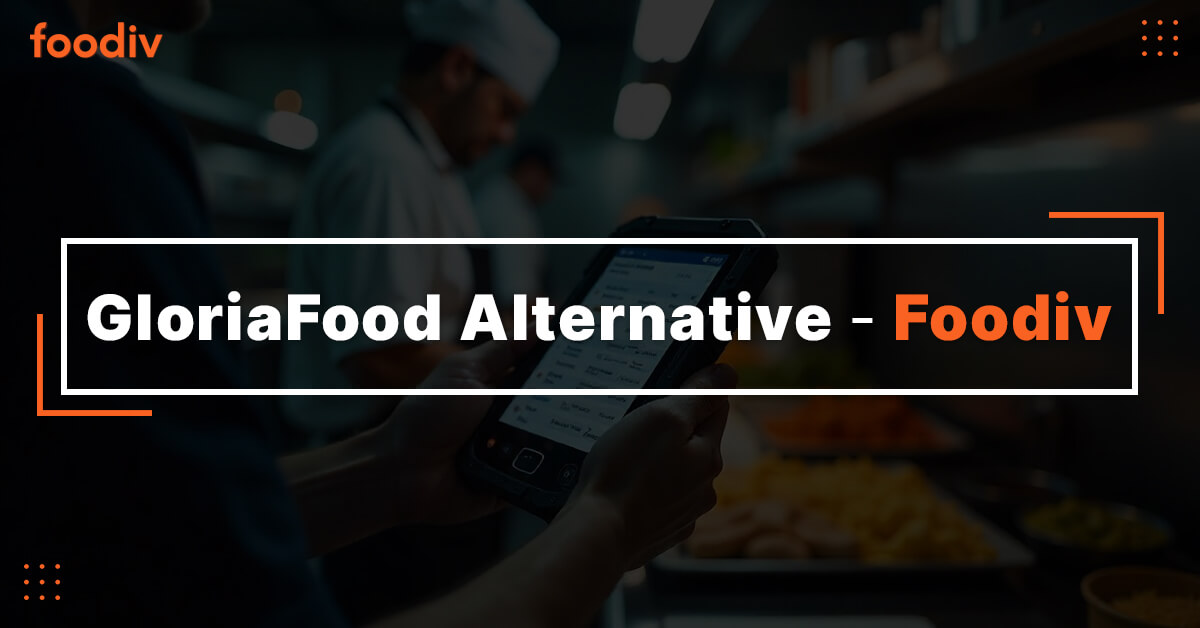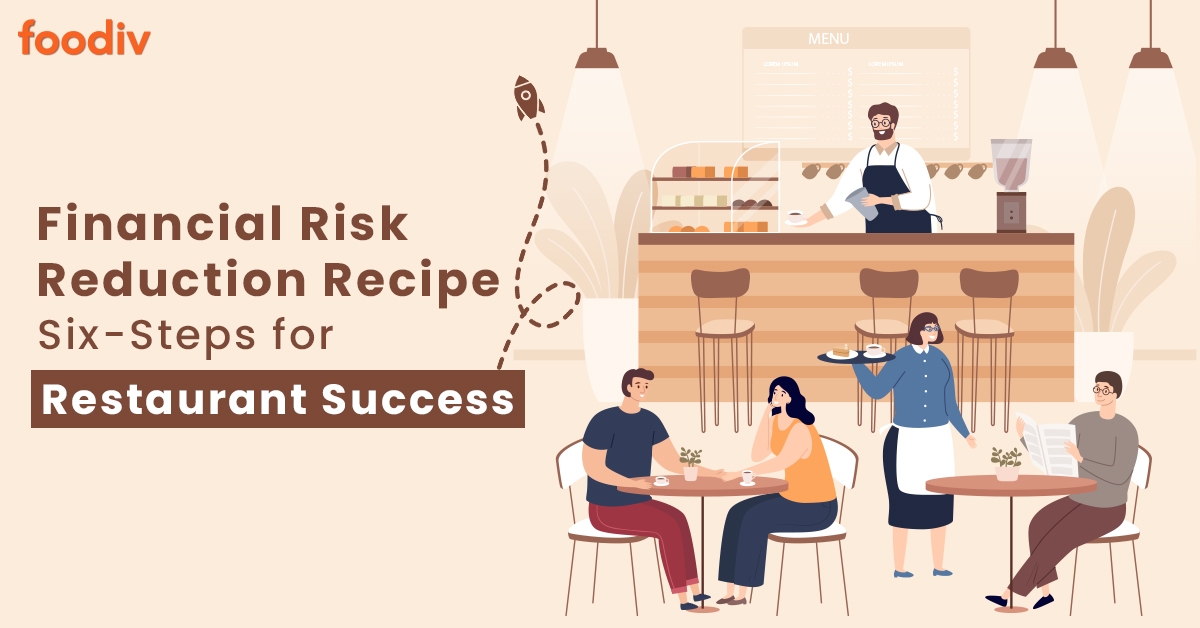
Restaurant businesses are at considerable risk of having financial loss due to several reasons such as ever-increasing restaurant operating costs and low margins for profits; additionally, they also suffer financial problems because of tough competition and the ever-changing preferences of patrons. Hence, owners are always in search of effective ways to reduce their financial risks in restaurant businesses.
Operating a restaurant requires considerable investments in properties (rented or owned), utilities, cooking accessories, machines, inventory, labor, and restaurant online marketing. Such restaurant expenses quickly eat up a major chunk of how much restaurant owners make. Also, it leaves little room for profit; moreover, restaurant businesses witness tough competition from other restaurants, cafes, and eateries in the same area plus from online delivery platforms and cloud kitchens or home cooking.
What Is the Way Out of Restaurant Financial Risk?
To survive and thrive, restaurant owners need to constantly adapt to the changing tastes and demands of their patrons which results in more costs and risks. Therefore, it is not an exaggeration to say that running a restaurant is challenging and has uncertainties that can result in financial loss if owners don’t take precautionary measures.
One way out of such a financial quagmire for the restaurant business is to get the best restaurant consultants who can plan the investment and expenses with anticipated sales from multiple channels or sources. While this may cost you additional bucks, there are industry-proven and timely-tested super six foolproof ways to reduce financial risks in the restaurant business.
Here is a glance at them –
Conduct market research and analysis
Market research and analysis ensure that one can reduce financial risks in the restaurant business because it offers valuable insights into the choices of customers and competitors’ strategies. Additionally, you would also know the industry trends and potential opportunities.
With relevant data, restaurant owners can identify the target market to segment their patrons as per their needs and expectations. Ultimately, they can amend their dishes and services accordingly. Proper research on the restaurant industry helps restauranteurs monitor their business performance by knowing their strengths and weaknesses. Also, they can identify areas for improvement or change. All in all, with such a step, it is evident to manage restaurant operations and increase their efficiency while reducing overall costs.
With the use of market research and analytical tools, owners of restaurants anticipate and respond to market changes such as shifts in patrons’ behavior, new trends, emerging restaurant and food technologies and apps, or regulatory concerns. Business owners can act proactively and adaptively to mitigate the risks of losing business.
Manage cash flow and budget
A plan for managing cash flow and budget is an extremely essential factor when thinking about how to start a restaurant business. The difference between these two is that cash flow is the amount of money flowing in and out of the restaurant business; on the other hand, budget means the plan to allocate funds. With perfectly managed cash flow and budget, restauranteurs can bring down financial risks like running out of cash and overspending while taking care of undervaluing expenses and facing debt or bankruptcy.
Some of the effective methods to manage cash flow and budget are:
- Track income and expenses regularly and accurately
- Forecast sales and costs based on historical data and market trends
- Adjust spending and pricing according to demand and profitability
- Set aside a contingency fund for emergencies or unexpected events
- Seek external funding or financing options if needed
- Review and revise the budget periodically and make changes as necessary
Not only do these steps ensure that restaurant owners have enough cash to cover their operational costs but they can also pay their employees and suppliers and invest in growth opportunities. Additionally, food business owners can also avoid financial pressure and improve their credit rating while enhancing their competitive advantage.
Diversify revenue streams
Diversifying revenue streams is a strategy to help restaurant owners bring down their financial risks while increasing their profitability. Restaurants can tap into new markets by offering different products or services to different customer segments; also, they can increase customer loyalty and reduce their dependence on a single source of income. For example, a restaurant can diversify its revenue streams by:
- Offering catering services for events or corporate clients
- Selling merchandise, such as branded clothing, mugs, or sauces
- Creating a subscription model, where customers pay a monthly fee for a certain number of meals or discounts
- Partnering with delivery platforms or apps, such as Foodiv
- Hosting online cooking classes or workshops
- Expanding to new locations or franchising
Control food and labor costs
Restaurants often control food and labor costs to reduce financial risks in the restaurant business. Food costs involve all the expenses related to food such as purchasing, storing, preparing, and serving.
On the other hand, labor costs are the wages, benefits, taxes, and insurance paid to the staff. Both these costs of food and labor vary depending on factors like seasons, demand, quality, efficiency, and productivity. Restaurant owners can optimize their profit margins by controlling these costs while increasing cash flows and avoiding losses or debts.
Some strategies for controlling food and labor costs include:
- Planning menus based on the availability and price of ingredients
- Negotiating with suppliers for discounts or bulk orders
- Implementing inventory management systems to track and reduce waste
- Training staff on proper portioning, cooking, and serving techniques
- Scheduling staff based on peak and off-peak hours
- Monitoring staff performance and providing feedback or incentives
- Using technology to automate or streamline tasks
Maintain quality and safety standards
Restaurants have to maintain quality and safety standards to control and nullify financial risks. Quality standards are nothing but the level of service, food, and hygiene that patrons wish to have from a reputed restaurant. Safety standards mean solid measures taken to prevent unwanted incidents such as injuries, and illnesses among staff and customers.
Some of the benefits of maintaining quality and safety standards are:
- Increased customer satisfaction and loyalty: customers are quite likely to revisit a restaurant that has met their expectations and provided a safe and comfortable environment.
- Reduced legal liabilities and penalties: restaurants that comply with the local laws and rules regarding food safety can avoid penalties, lawsuits, and closures.
- Improved reputation and image: restauranteurs need to demonstrate a commitment to quality and safety to attract more patrons and get positive reviews.
- Enhanced employee morale and productivity: restaurant staff including waiters/servers, chefs, and cleaners who work in an amicable ambiance and safe workplace are likely to perform better with motivation and show lower turnover rates.
Plan for contingencies
Contingency planning is a crucial aspect of running a restaurant business successfully. Contingencies are unexpected events or situations that may affect the normal operations, revenues, or expenses of the business.
Some examples of contingencies are natural disasters, pandemics, supply chain disruptions, equipment failures, staff turnover, or legal issues. Restauranteurs can bring down the financial risks associated with unwanted events and ensure their business continuity and resilience by planning for contingencies.
Some of the ways that planning for contingencies can reduce financial risks are:
- Creating a contingency fund: It is a reserve of money used to cover unexpected costs or losses in case of a contingency. Such funds can help restaurant owners avoid taking on debt, dipping into their personal savings, or cutting down on essential expenses when faced with a crisis.
- Having a contingency plan: It is a document that outlines the steps and actions that the restaurant business shall take in response to a particular contingency. Such a plan can help restaurant owners brace up for different scenarios while identifying potential solutions and assigning roles and responsibilities. As a result, there is a fair and effective communication among stakeholders.
- Reviewing and updating the contingency plan: A contingency plan is not a static document that can be created once and forgotten because it requires to be reviewed and updated on a regular basis to showcase the changing preferences, risks, and opportunities. With reviews, owners of the restaurant business can make sure that they are ready for challenges and adapt to the evolving market.
Take calculated risks and lead the market
With these timely tested and trusted guidelines to avoid financial loss in the restaurant business, you can also follow the best restaurant management tips. All in all, you will prepare yourself mentally, physically, and financially for any unforeseen mishaps and can stabilize your restaurant business in the ups and downs of all kinds.


